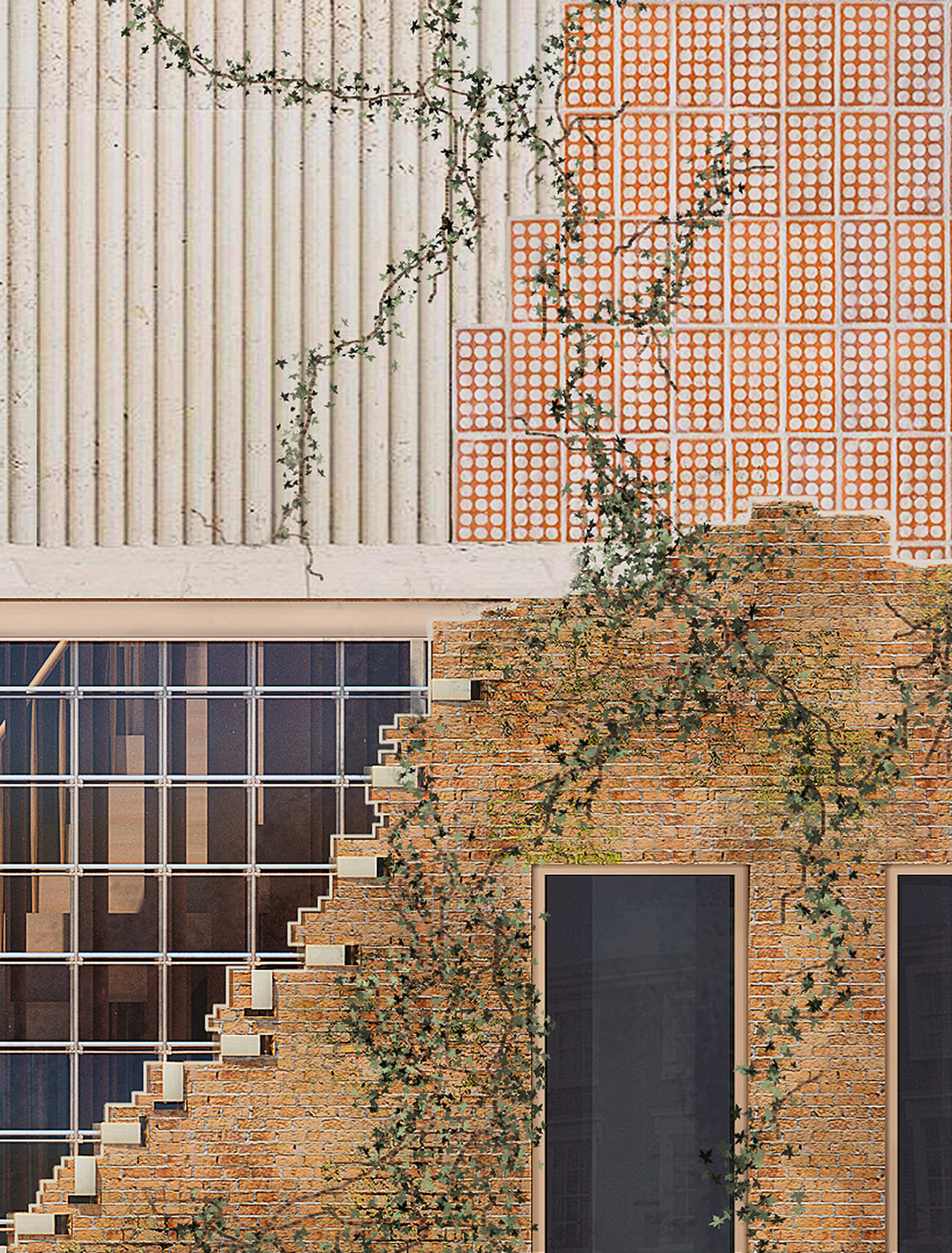Originally from ‘the green heart of Italy’, I am an interior designer with an interest in people’s stories and everything that touches the human soul. Contact with nature, an attachment to home, the study of social interaction, and mental health are themes in my recent work. My ultimate goal is to build enriching and meaningful experiences.
Having studied Professional Dance and Performance (Central School of Ballet, 2009-2013), I am attuned to the emotional component of space. I am interested in combining materials, colour, light, and sound to become physical poetry that is perceived fleetingly. My aim since studying Interior Design at the Politecnico of Milan (2013-16) has been to strive for harmony. In 2015 my conceptual design Mr. Bridge was published in the independent periodical Il Collirio Effetto Placebo and my thesis project was exhibited at Venice Biennale in June 2016.
After studying with a series of international architects during a post-graduate Diploma in Interior Design at Chelsea College of Art and Design (UAL), I worked between Italy and the UK as a video artist (Video Press, Rome), stage designer (Coreutica Sporting Club, Todi) and junior interior designer (Rodlem Interiors, London). Further experience in Italian furniture (MG12, Milan) and architecture studios (Otto design, Todi) convinced me to continue my higher education at RCA to explore a detail-oriented and experience-focused design approach. During my second year in the Urbanism Platform I collaborated on ‘Reinventing Texture’ by Toshiki Hirano, the Japan Pavilion at London Design Biennale (1-27 June 2021).
My thesis project, Manearium, is a repair cafe and workshop, and explores collective memory in Camden Town, dealing with public space as the physical expression of connection, belonging, heritage and identity.




















